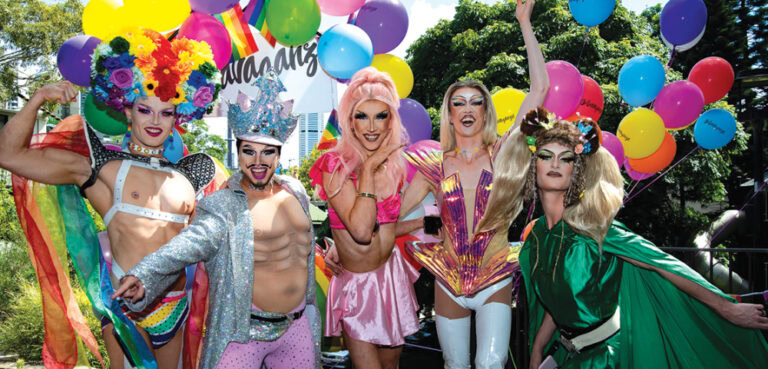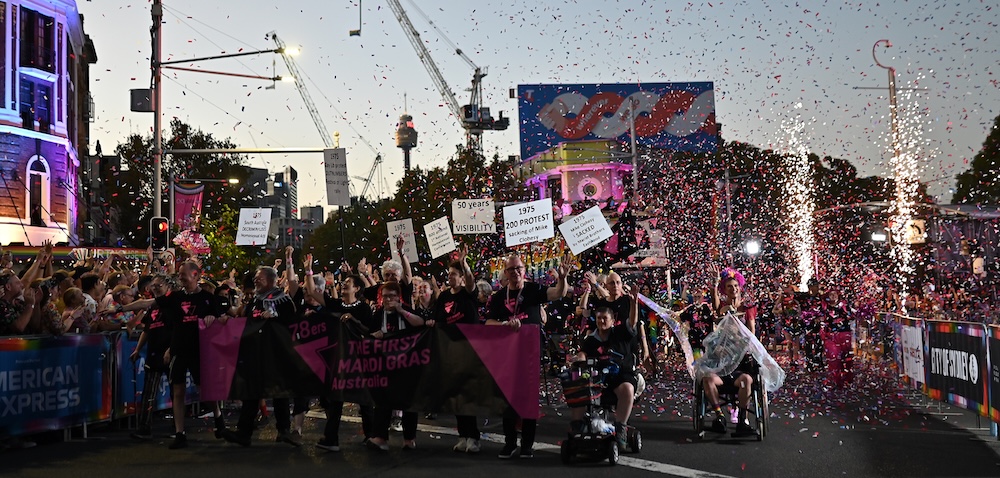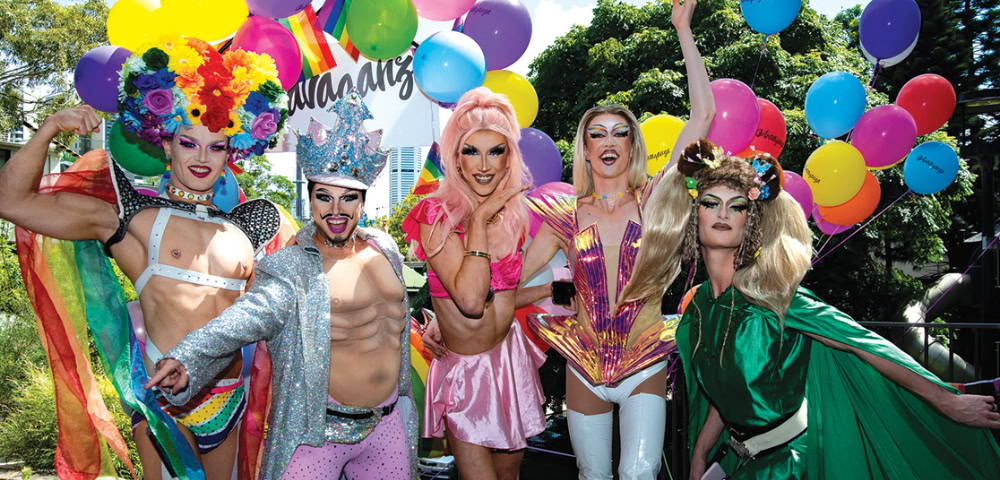
OPINION: The Myth About Mardi Gras

Over the last decade or so, we’ve increasingly seen a claim that Mardi Gras must return to its so-called “roots”. The assertion comes from the myth that it started as a protest, not a parade. This is a neat slogan, but it’s not true.
It’s a false binary. Mardi Gras was born both protest and parade. And that’s why it worked. Organisers of the first Mardi Gras in 1978 ran a day of political action and then staged a night-time street party on Oxford Street to pull people out of the bars and into the movement.
There’s a very obvious clue in the name they chose: “Mardi Gras”. Celebration was the hook. It was strategy, not drift. The combination of protest and celebration is the original plan, not a later compromise.
As Pride History Group summarises in ‘Mardi Gras: 1978 – It Was A Riot’, activists “dreamed up the idea of a street party in Oxford Street to engage ‘apolitical’ gays”.
To this day, that strategy matters. A carnival format didn’t dilute the politics; it multiplied the audience. A flat-bed truck, costumes and music signalled to those on the sidelines that they were welcome to join in. Joy lowered the social cost of participation. Visibility did the rest.
If you look at what happened that night, you see the formula clearly. People danced, chanted and laughed. Others just watched, some joined. This is exactly what the parade still does today. Now we do it at a much larger scale.
In 1978, police turned the celebration into crisis, and the arrests and brutality wrote a new chapter of resistance. But the starting point was deliberately festive. The format was the innovation.
What it felt like that night in June 1978
Eyewitness reconstructions from the ABC News interactive story ‘Retracing the steps of the first Mardi Gras in Sydney, 1978’ note it began with partygoers, music and a yellow flatbed truck, and ended hours later in fear, arrests and violence.
The parade started at 10 pm, heading down Oxford Street. Trouble escalated at Hyde Park when police confiscated the lead truck and loudspeaker. But the party continued up William Street to Kings Cross, where the violence escalated.
Why does this matter now?
Because there is a revisionist push to recast 1978 as pure protest and treat celebration as a later corruption. From that myth flows a politics of exclusion: strip out police, ban sponsors, bar politicians, shrink the tent. That misreads our history and misunderstands how we win.
Mardi Gras works because there are many voices in one parade. It is not a blank cheque to institutions or individuals. It is a demand for change issued at a scale that turns sceptics into supporters and supporters into allies. That is why the parade has always sat alongside protests, campaigns and court cases, and why it still saves lives today by telling isolated kids they are not alone.
You do not protect Mardi Gras by narrowing it. You protect it in part by remembering what its founders actually did: they built a format that welcomed people in. They used joy to recruit, creativity to persuade and solidarity to harden resolve when the batons came out.
The choice in front of us is simple. We can keep the original strategy intact – an inclusive, celebratory, visible parade that grows our power – or we can let revisionism shrink the space until only the already-convinced remain. One path builds allies. The other burns them.
Protect Mardi Gras. It’s not a binary. We don’t have to choose. Keep it both protest and parade.
Peter Stahel is a public affairs and market research consultant. Peter is a co-founder of Protect Mardi Gras: Many Voices, One Parade. He has worked across politics, advocacy and community campaigns for over two decades.









Right on, Peter.
It has always been my belief that the transformative (indeed revolutionary) effect of Mardi Gras comes as a result of each individual’s participation in this public event. How can anyone retreat into the closet after such a joyful “coming out”?